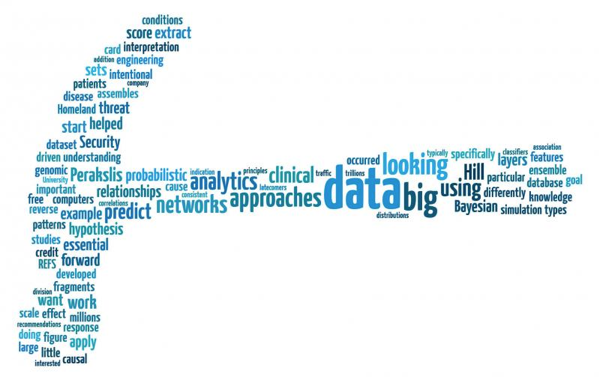Marketing-speak is littered with all kinds of trite sayings. I was in a meeting today at a business software organization where the words “perception is reality” was uttered yet again. I sat quietly listening to the speakers’ claims. My client does, after all, have experience in the market, with customers and with the technology.
I understand the logic of the truism. If a customer believes something to be true, they will act on their beliefs. In my experience, prospective IT customers are a skeptical bunch. They distrust advertising slogans and sales claims. And for good reason: they’ve been burned by bold claims and vendor promises.
So the real question isn’t “if” the prospective customer believes your claims, but rather how to persuade the customer to conclude that they need your product and services. In other words, what can you do to induce the prospective customer to take the actions you prescribe. These words are easy to say, hard to accomplish. Changing individual behavior is hard to do. Changing the behavior of a large segment of the market is a remarkable accomplishment.
Evidence, I believe, is the strongest tool for persuasion. Evidence comes in many forms: quantitative studies, product demos, customer references, cost/benefit analyses and others. Evidence stands apart from claims in that it is grounded in one or more forms of reality. Typically evidence is tangible. Most importantly, customers can assess and experience evidence on their own terms.
Creating evidence with the power to change market and individual behavior is hard. It is rarely the case that your product aims at a greenfield opportunity and has no relevant competition. People are very much creatures of habit, making incumbent solutions to problems seem acceptable. Evidence however, can shock markets and individuals into action. They may not buy immediately, they may not even fully accept the evidence, but they will use the evidence to test and perhaps alter their perception of reality.
Is perception reality? Perhaps. But if you want to change perception, you better get some evidence.
 For the past several years I’ve blogged about the Gartner Executive Program’s January announcement of Global
For the past several years I’ve blogged about the Gartner Executive Program’s January announcement of Global 
